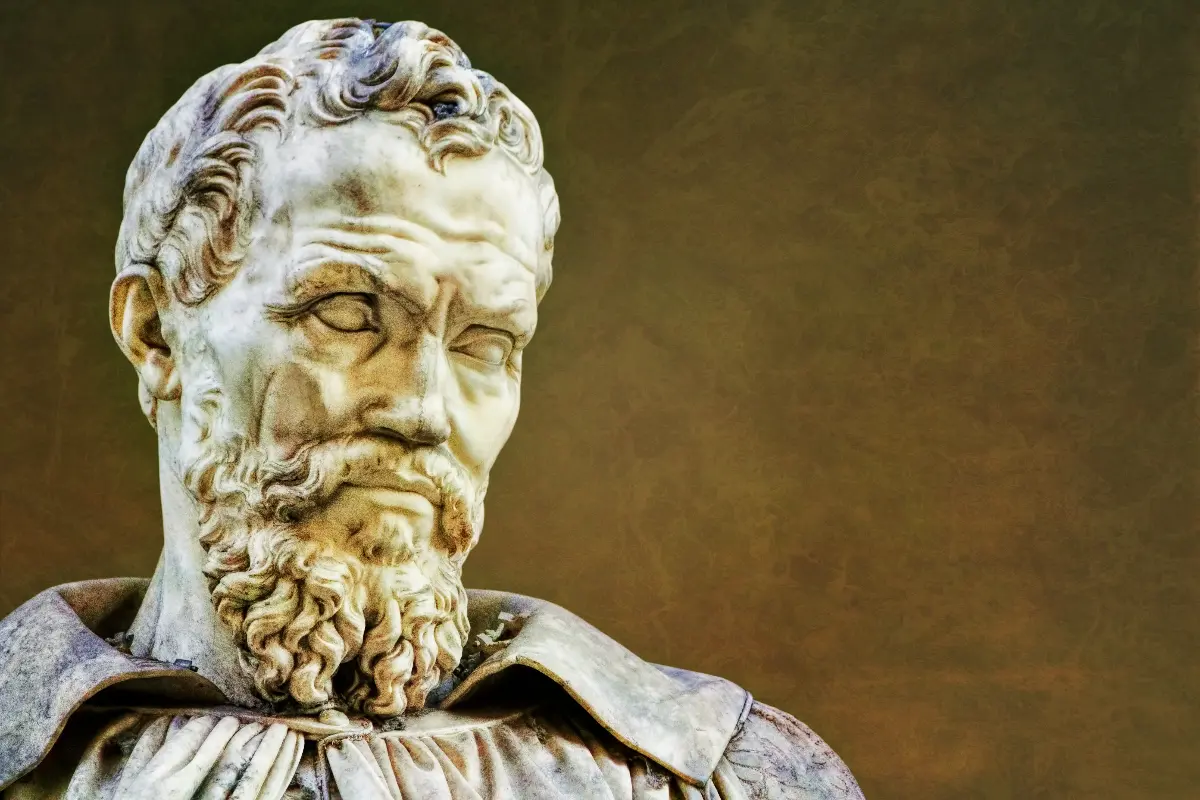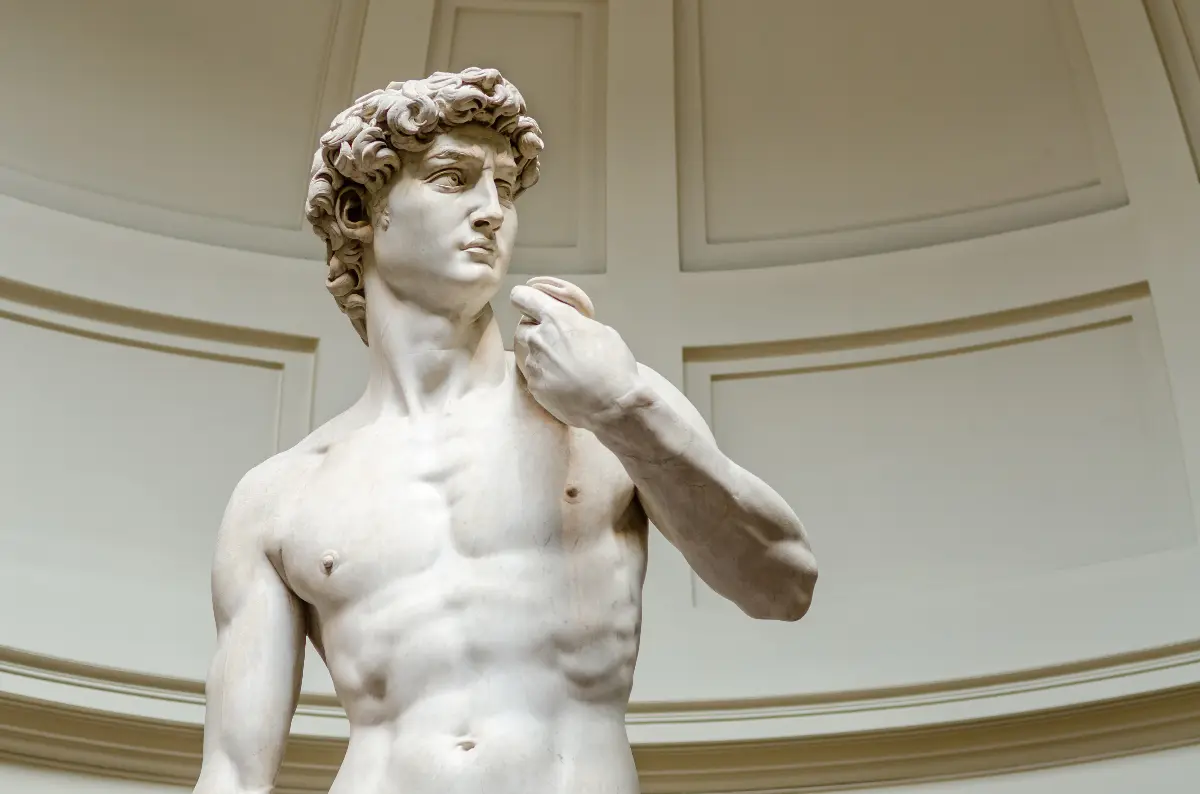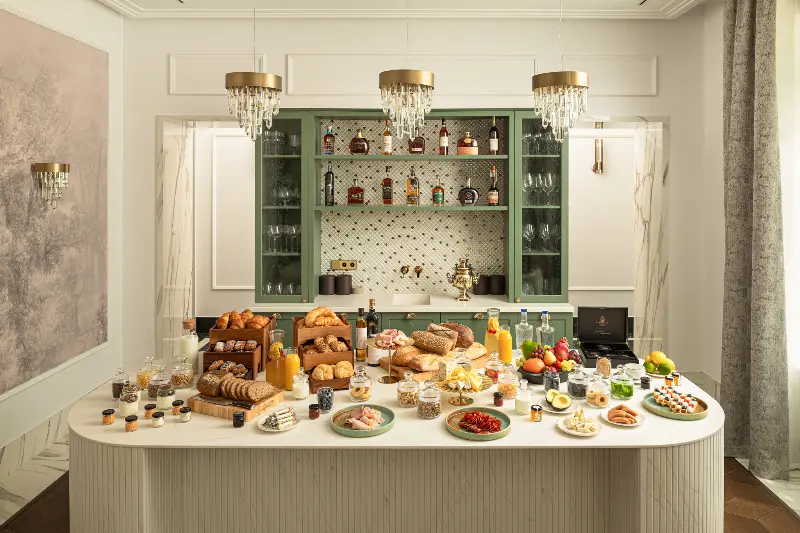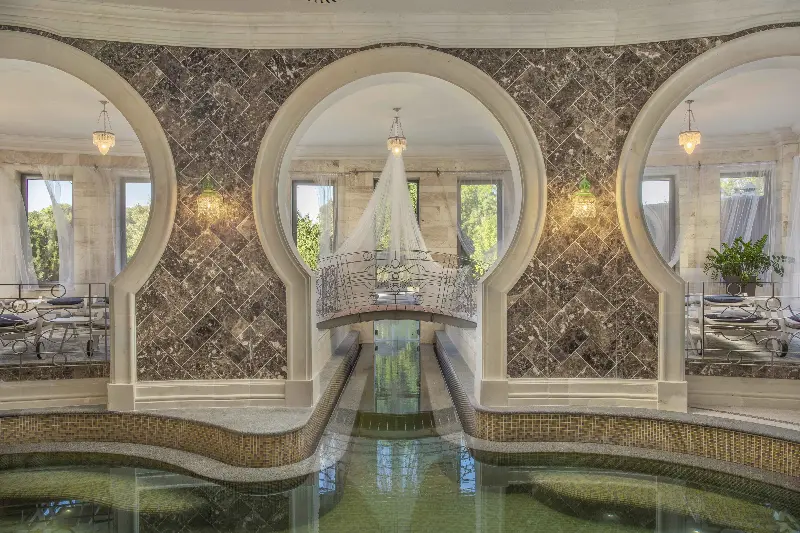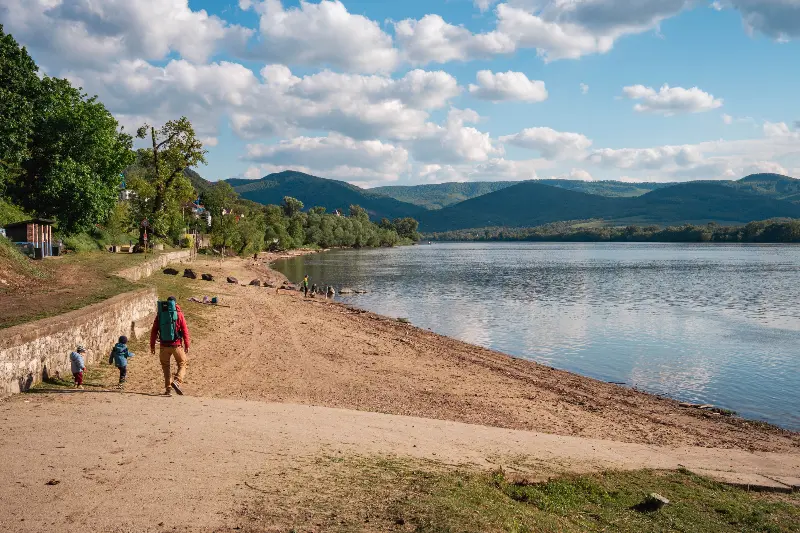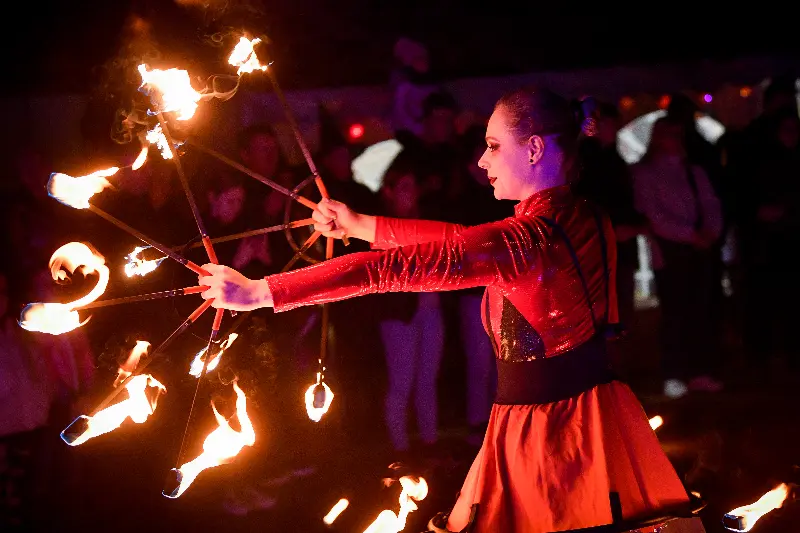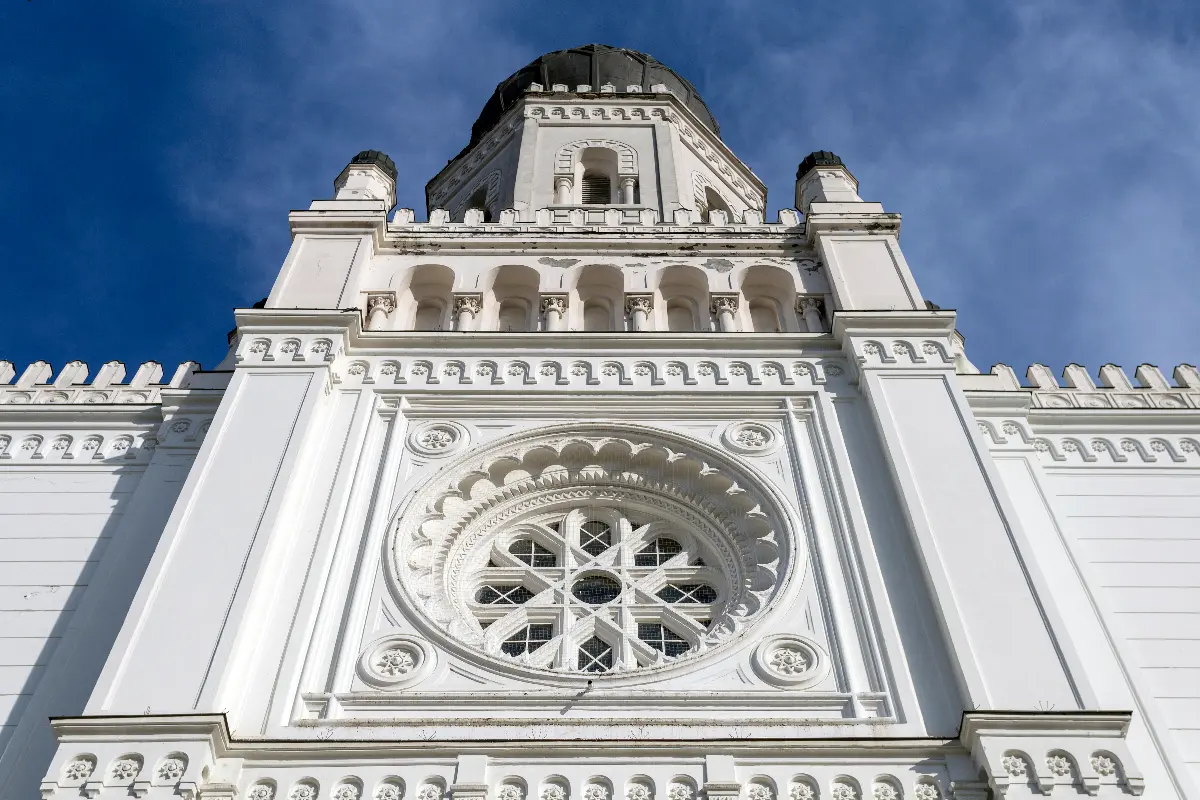
Helyszín címkék:
The House of Science and Technology in Kecskemét
Bóday Csilla
The history of the synagogue
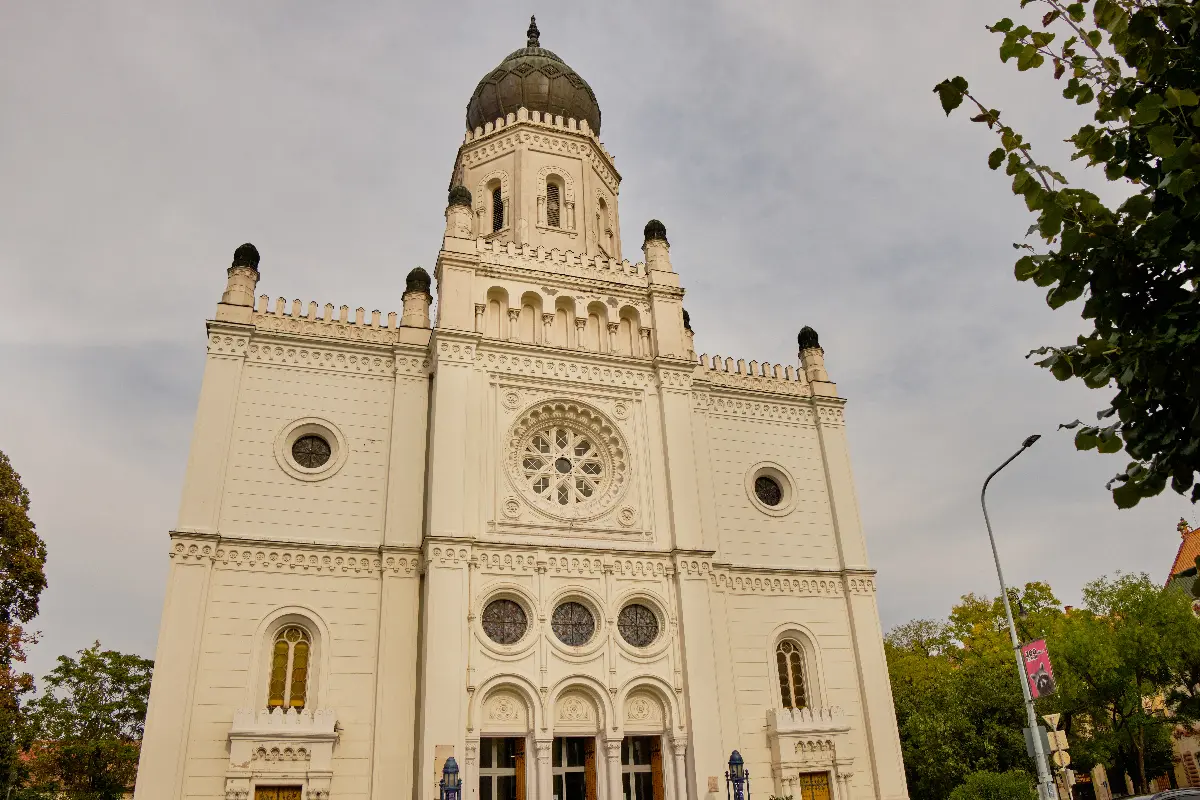
Jewish families first arrived in Kecskemét in the middle of the 18th century. Because of their rapid integration and sudden increase in numbers, it was important to have their own house of worship as soon as possible. A prayer room advanced from the first residential house was followed by a synagogue, but the growth of the ecclesia justified the establishment of the current synagogue. So the Chief Rabbi Simon Frik Fischmann initiated the construction of the six-hundred-seat temple. John Zitterbarth was asked to come up with a design, based on which the sanctuary was completed by 1868. It took another three years to be completed, and the interior design was done. The final condition is no longer visible, at that time in the typical way of the Neolog synagogue, it was given an onion dome, which toppled over during the earthquake in Kecskemét in 1911, on account of which the dome was not replaced during the restoration, but a lotus bud was built there instead. The cast-iron colonnade, the painted ceiling and the row of ornate relics have also disappeared over time. The Kecskemét synagogue, like all its other comrades, was depopulated during the Second World War, its followers became victims of anti-Semitism and the Holocaust, and the building itself was used as a barn by German officers. It passed into the ownership of the city of Kecskemét in 1966, and after eight years the current form was developed according to József Kerényi and Lajos Udvardi’s design.
The House of Science and Technology as one of the centres of cultural life in Kecskemét
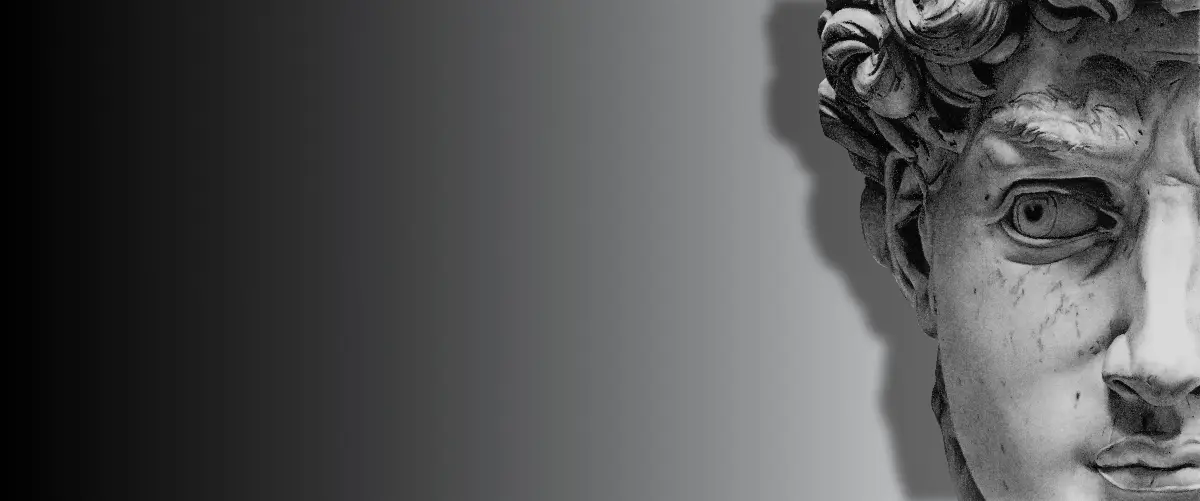
Nowadays the building works as a conference centre and an exhibit hall besides acting as the headquarters of the Science Educational Association. The permanent exhibition features plaster copies of fifteen Michelangelo statues and the legacy of Károly Tolnay or Charles de Tolnay, the art historian. He was an enthusiastic traveller throughout his life, a specialist in the interpretation of the greatest artists and masterpieces. He toured France, Belgium, Germany, Italy, and was impressed and captivated by Michelangelo’s art on a hundred-day visit to the latter country. Tolnay also wrote his doctoral dissertation on Michelangelo’s late architecture. His book has been published in several languages, including Hungarian, and his main topic is the relationship between Michelangelo's works and the ideology expressed in them.
The venue of programmes, concerts, scientific competitions
Due to its excellent acoustics, the House of Science and the Arts is a frequent venue for concerts and occasional pop music concerts. The band Tankcsapda, Bëlga, Intim Torna Illegal, Paddy and the Rats and Depression have also performed here. The house has several large lecture halls as well as air-conditioned conference rooms where plenty of mid-year conferences are held. One of the important events held every year by the House of Science and Technology is the Summer University of Preschool Education, which is an accredited pedagogical and teacher training body. Kindergarten teachers and primary school teachers are mainly welcomed at the event. Another significant and regular event is the National Conference of Environmental University and College Educators. This meeting also plays an important role in the training of Hungarian environmental professionals. In addition, national study competitions are held in the building of the former synagogue. The joint study competitions of the Science Educational Association and the Hungarian Society of Natural Sciences usually take place here, such as the László Kalmár Mathematics Competition, the György Hevesy Chemistry Competition, the Ottó Hermann Biology Competition and the Pál Teleki Geography and Geology Competition.

